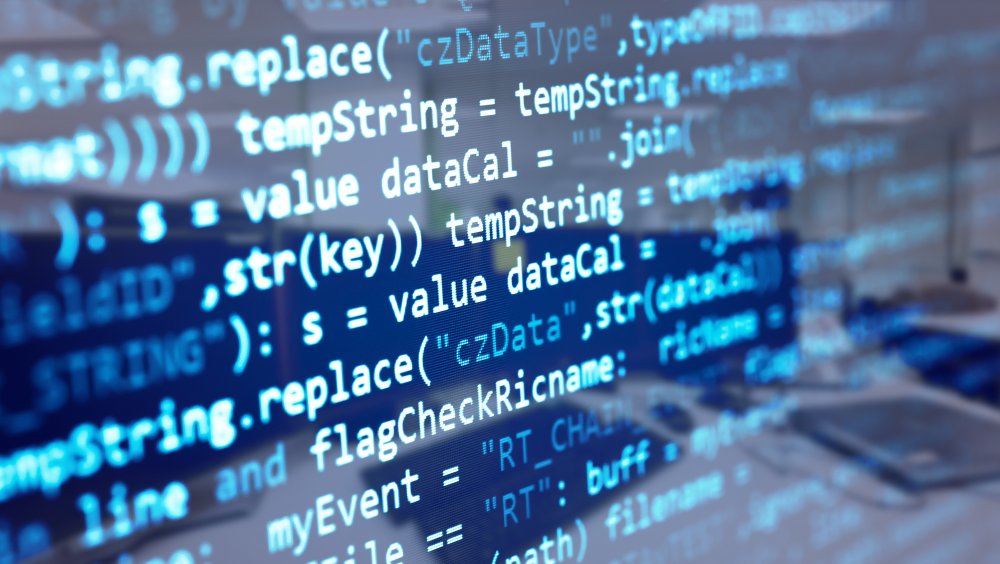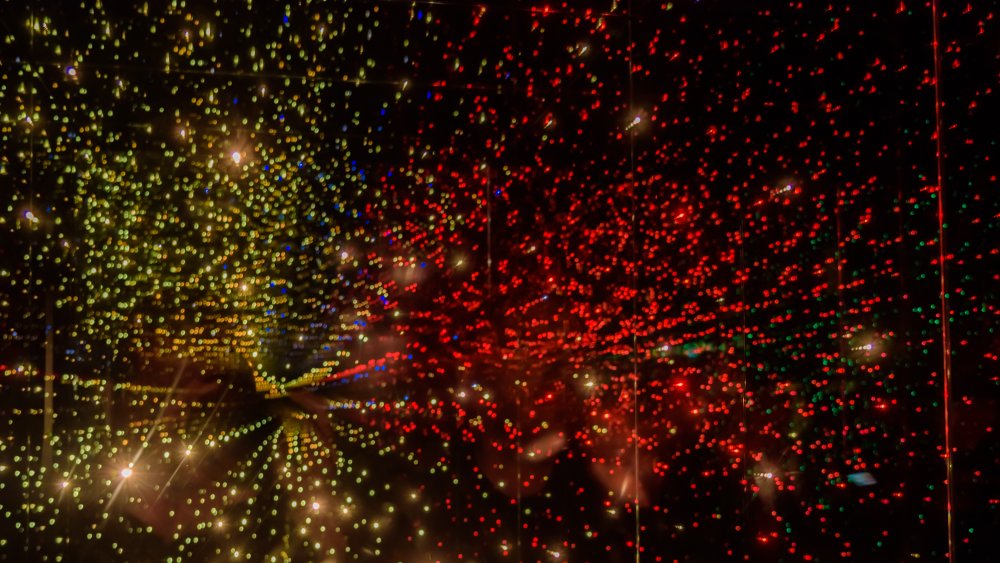Why People Think We're Living In The Matrix
The notion that we are all organic, carbon based life forms existing in a universe created through natural processes may seem like an unassailable fact. But according to some philosophers and scientists that is actually just one theory. There's evidence that points to a different possibility: like Neo before he took the red pill, we might be living inside an artificial simulation.
At the core of this idea is a set of hypotheses proposed by philosopher Nick Bostrom of the University of Oxford. In looking at the question of whether we could be living in a simulation he presented three possible answers: 1.) no, because intelligent beings aren't capable of creating a universe sized simulation; 2.) no, because they could create one, but would opt not to, and 3.) yes, they could and would create simulations.
Some scientists believe scenario three is not only likely, but that we can already see evidence that points to it being the answer.
Solving the simulation problem
The biggest obstacle for any intelligent species attempting to create a universe sized simulation would be the raw processing power required to run such an extensive program. According to Discover Magazine, in 2001 an MIT quantum-mechanical engineer proposed that this would not be possible because the computer required to run such a simulation would be bigger than the universe itself.
Rizwan Virk, author of the book The Simulation Hypothesis, laid out a solution to that quandary in an interview with Vox that turns to video games for an answer. In order to create large game worlds without overloading processing capacity developers program the world so that details only appear when they are close enough to be observed by the player. The same, in theory, could be true for the parts of our own universe that we do not regularly observe, such as distant galaxies and planets.
Evidence for The Matrix
According to Discover Magazine, some scientists have come up with ways in which we could tell if we are indeed living in a simulation. One comes from how we currently run simulations of space in order to learn about the distant parts of our galaxy and observe cosmic events that happened trillions of years ago. In order to simulate the vast, flat expanse of space we have to map it onto a lattice, similar to how images on TV are actually made up of thousands of tiny pixels.
Mathematical scientist John D. Barrow of Cambridge University realized that when we map space over a lattice it creates a maximum amount of energy that particles travel at, which correlates to how far apart the lattice squares are. If our universe is a simulation, it would likely follow the same principle. Coincidentally, when studying high-speed particles that are shot out from the far reaches of space in our own universe they realized that they always arrive at earth with the exact same maximum amount of energy, exactly the way they would if they were products of a simulation.


